Stop running project chaos and start planning for the unexpected…
Contingency plans are intended to handle situations in which things fail to go according to plan. They let you keep pursuing your project’s objectives with confidence even when everything appears to be going horribly wrong.
A contingency plan in project management is an important part of what you do.
During the course of any project, there are times when circumstances may change dramatically or even go out of control, requiring your project to be re-evaluated. As you make your initial plans for your project, it is recommended that you include both what should happen and what could go wrong and what you will do if the situation arises.
The steps for what to do when something goes wrong depend on the magnitude of the problem, and what’s causing it. This article aims to give you an idea of what steps to take, what considerations need to be made, and what the key elements are for creating a contingency plan.
All fields require a contingency plan
Contingency planning is essential for any endeavor. It’s what coaches do for their team when they are preparing for the next game, it’s what governments do when they build alternative bridges, and what hospitals do when they prepare for pandemics.
It’s what project managers do to plan for what happens if a team member gets sick, or if there is an emergency shutdown of the company’s building, or if the client isn’t happy with what you’re delivering.

What is a Contingency Plan?
A contingency plan is what you use when something unexpected happens to your project plan. Contingency planning ensures that your projects stay on course by helping you prepare for obstacles, making a way for better solutions to arise should you encounter difficulties along the way.
For example, what would you do if you client had to cancel the project in the middle? Or what if one of your team members doesn’t return from vacation on time, leading to a delay with completing certain parts of the project?
If you are not prepared you might have to abandon what you’re doing and come up with a different solution in a hurry. This is what contingency planning will help you avoid, so you can finish what’s been started.
Having a contingency plan in place for what to do when things go wrong ensures that your project won’t get derailed by what could have been prevented.
Purpose of a contingency plan.
When Apple did their IOS 14 update in the summer of 2021, it really put facebook in a bind. That update made it very difficult to retrieve users’ personal information. This made it more difficult for Facebook to track users behavior, resulting in less ad revenue.
Whatever your opinions are of whether this was a good thing, what it illustrates is how important contingency planning is.
Problems like this happen for all businesses of varied sizes. This is why it’s important for companies to have contingency plans in place. Contingency plans are born out of what is uncertain or what could happen that would be detrimental to your project.
Sometimes it’s not what you do but what you don’t do that puts your company in a bind.

Number of problems…
You can run into a number of problems when your team is executing a project. You could have a lack of deliverables, a lack of funding, or not enough time. The printer could break down, people could get sick, supply chains can get bogged down.
Many things can go wrong like:
- Your client’s not satisfied with your work.
- Your client decides to cancel the project leaving you without a source of income for your business.
- Significant changes in product requirements.
- Market changes.
- Even weather conditions could make it difficult for a collaborator to show up to perform what they have been contracted to do.
Whatever the case may be, you need to answer the question: what do you do when your project strategies are put in jeopardy? This is what contingency plans are for. They are meant to be the anticipatory steps in what to do when things break from the original plan.
Don’t fall into the trap…
Don’t fall into the trap of thinking that you don’t need a contingency plan because you’re certain your project strategy is solid.
Even what seems like the most foolproof project needs contingency plans in place, because what if your suppliers drop out? What if nobody shows up on time? What if you run out of supplies or money?
A project manager’s job is all about mitigating risks and preventing problems before they happen. If you don’t do this? Well, then by definition it’s what is known as a “risky project.”
All projects need contingency plans just in case something goes wrong, and what that will look like is different for every project.

How to write a contingency plan in 4 simple steps
It’s now time to create your project contingency plan.
Remember your contingency strategy should be placed within the broader context of your project plan. Which means, you should have answered the following questions: What is the scope of your project? Who’s going to do what? When are they going to start and finish what they’re doing? How much is this going to cost? What equipment is needed?
Remember, contingency plans should be developed before work starts, and should cover what you’ll do if things go wrong. So after your ideal plan is written it’s time to hedge it against the potential pitfalls.
Step 1: Sketch out your project flow.
Picture what’s going to happen throughout the life cycle of your project. The better you are able to identify and articulate what the project flow is, the easier it will be for your team to understand what contingency plans need to be made.
Answering the following questions will help you identify what could go wrong:
- What’s the project’s objective?
- What are the major milestones and the corresponding tasks needed to accomplish the project’s objective?
- What are the major tasks and their dependencies?
- Who are the project’s key personnel, and what talents or talents do they have in their roles on the project?
- What resources are required for the major tasks?
- Is there specialized-uncommon-equipment used to complete the project?
- Is the project dependent on a specific location?
- Is the project dependent on a specific time of the year?
These questions may seem tedious but many of them are basic questions that directly relate to your project. And once you get a handle on what the major project milestones are, you’ll be able to identify what your contingency plan should include.

Step 2: Create a list of risks for each major milestone.
Here is where you can get creative and try to think of what could go wrong.
Let’s use an example of a project that’s dedicated to adding a new and updated store page to your company’s website.
The milestones may look something like this:
- Initial planning meeting with key personnel to determine what the project entails. For the sake of the example our key team members will be product suppliers, web designers, coders, copywriters, media buyers, and customer support.
- Determine what products need to be included on the page.
- Create a mockup of what the store’s new look will be like; using what was learned during step 2.
- Order the products.
- Research the marketing. What keywords are needed for the new page? What are the demographics of our current customers?
- Design, code, and implement new webpage on companies website.
- Launch website.
- Start running ads for your store.
- Check in with customer support.
There are several risks that could happen at each of these milestones. One of the risks is what if your supplier decides they don’t want to work on what you’re asking them to do? What’s your contingency plan for this problem?
Or let’s say your ads get great traffic, what happens if your servers can’t handle the amount of viewers?
What if your traffic source, for the sake of argument, is buying Google ads and gets rejected because of a bug in Google’s algorithm?
All of these problems can be mitigated with contingency plans.
Step 3: Determine what actions to take if problems occur.
This is where things get a little bit fuzzy and you may have to rely on your team member’s talents and expertise.
Once you know what normal project completion looks like and the potential risks, determine what the contingency plans should be for what could go wrong with each task, milestone, and dependency.
Example:
Let’s say because of supply chain issues in the wider market you run the risk of not being able to get what you need from your supplier. There are several things that could happen.
The supplier may not be able to give you what you’re looking for because of what they think the market is going to do.
Maybe there’s a chance they will, but it will cost significantly more money for them to do so. Maybe what you’re asking for can’t be done. Or what if what your supplier is telling might not be the only option?
Is there another product that has most of what you need and it won’t cost what they want for their products? Do you have to use this supplier at all, or could you find what you need somewhere else?
Creative solutions are what helps create contingency plans.
Once everything that might go wrong has been determined, the project’s necessary actions will be outlined. And once it’s clear what resources are needed for each stage and how long it’ll take, your contingency plans will be what helps you to execute what needs to happen.

Step 4: Share and periodically revisit your contingency plan.
The last step of contingency planning is to share what your plans are with both team members and any project stakeholders. This ensures everyone has the same information which means no one will be caught off guard if something goes wrong.
Then, after each milestone, revisit what you’ve done so far, what worked well, what could have gone better, what you can do to improve what’s going on in the project.
Conclusion
Most people start projects and businesses without critically thinking through potential pitfalls. This oversight can ruin business. That’s why contingency plans are a must.
A contingency plan is a strategy for dealing with the unexpected and keeping your project alive when everything goes wrong. All projects need contingency plans so you can be prepared for what happens next.
















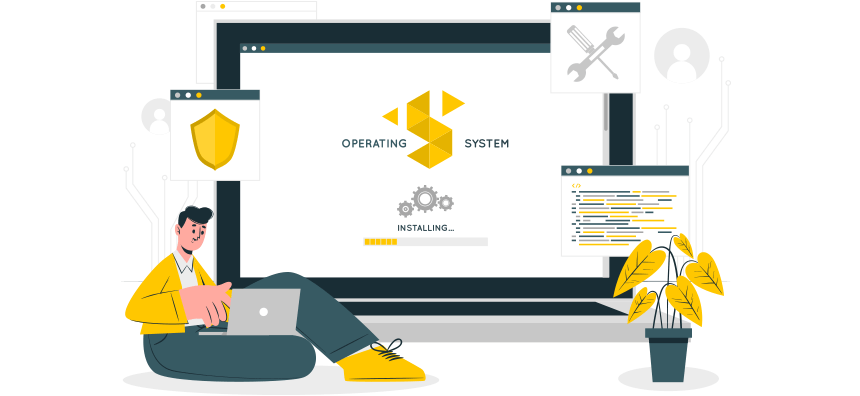

























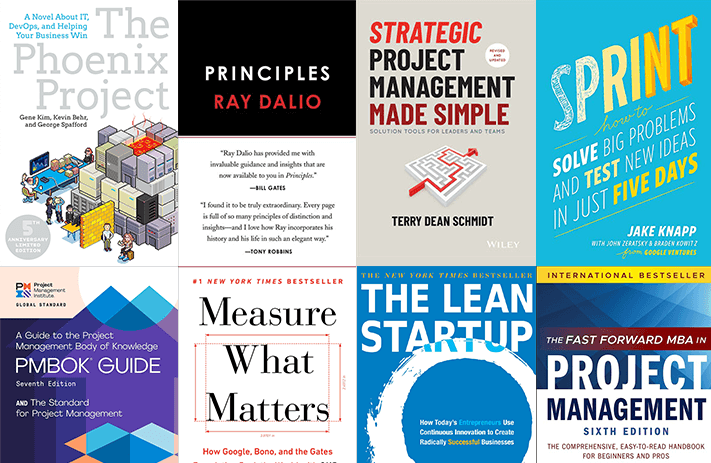
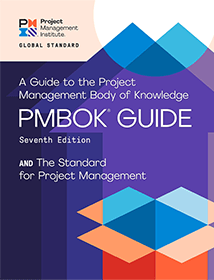 This is the go-to Guide to keep on your desk if you’re planning to start a professional career as a project manager.
This is the go-to Guide to keep on your desk if you’re planning to start a professional career as a project manager.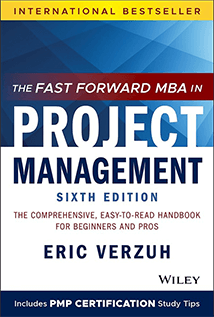 If PMBOK is the official guide, then “The Fast Forward MBA in Project Management” is the unofficial textbook – more user-friendly and readable that simplifies most of the jargon used in
If PMBOK is the official guide, then “The Fast Forward MBA in Project Management” is the unofficial textbook – more user-friendly and readable that simplifies most of the jargon used in 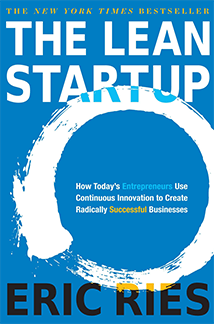 Have a new product idea? Want to navigate smartly in the Hi-Tech market?
Have a new product idea? Want to navigate smartly in the Hi-Tech market?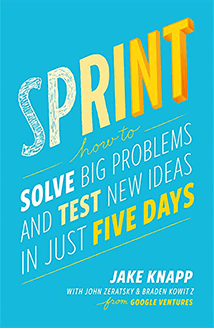 It reads like a friendly guide that takes your hand and walks you through the process described as a sprint.
It reads like a friendly guide that takes your hand and walks you through the process described as a sprint. OKRs is a management methodology that stands for Objectives and Key Results. As defined in the book, it ensures that the “company focuses efforts on the same important issues throughout the organization.”
OKRs is a management methodology that stands for Objectives and Key Results. As defined in the book, it ensures that the “company focuses efforts on the same important issues throughout the organization.”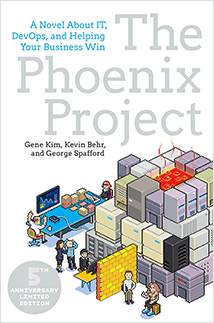 Books on project management contain examples you’ll identify with. But while reading this one, you’ll start wondering: “Has the author been hiding in my office building and meetings?” The mistakes, the symptoms, the characters – everything is painfully familiar to anyone within the industry. The author, without a doubt, knows how you feel about failed software projects. The book will force you to stop and reflect on your own experiences and how your team handled DevOps.
Books on project management contain examples you’ll identify with. But while reading this one, you’ll start wondering: “Has the author been hiding in my office building and meetings?” The mistakes, the symptoms, the characters – everything is painfully familiar to anyone within the industry. The author, without a doubt, knows how you feel about failed software projects. The book will force you to stop and reflect on your own experiences and how your team handled DevOps.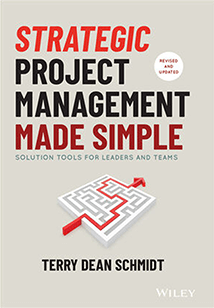 All too often, we fail to do cause-and-effect thinking. We forget that we don’t do each separate project for the sake of merely accomplishing it. We accomplish each project for a reason.
All too often, we fail to do cause-and-effect thinking. We forget that we don’t do each separate project for the sake of merely accomplishing it. We accomplish each project for a reason.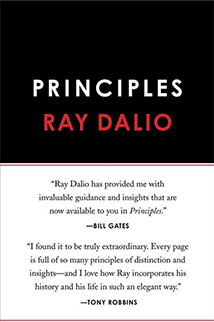 Take a moment to think. What are your criteria for making decisions?
Take a moment to think. What are your criteria for making decisions?





